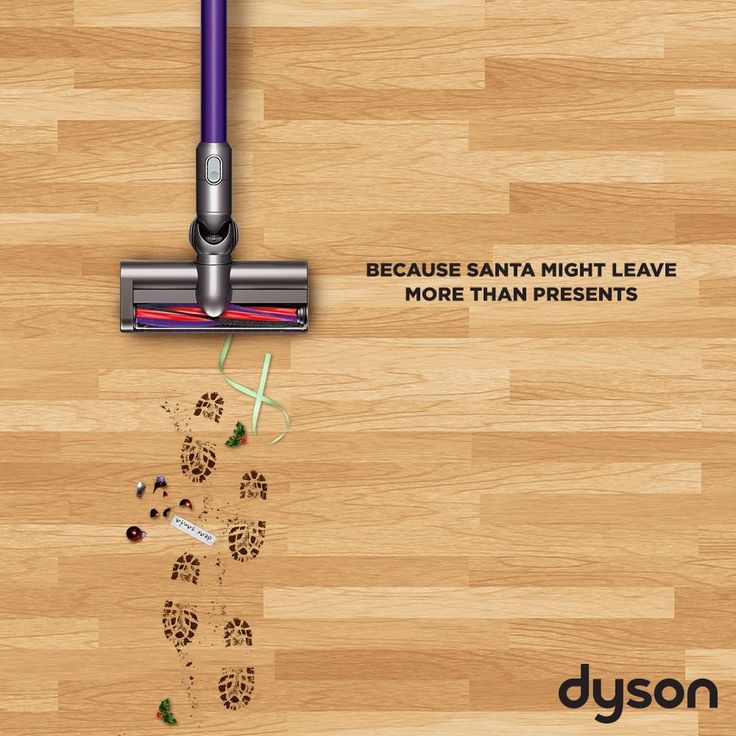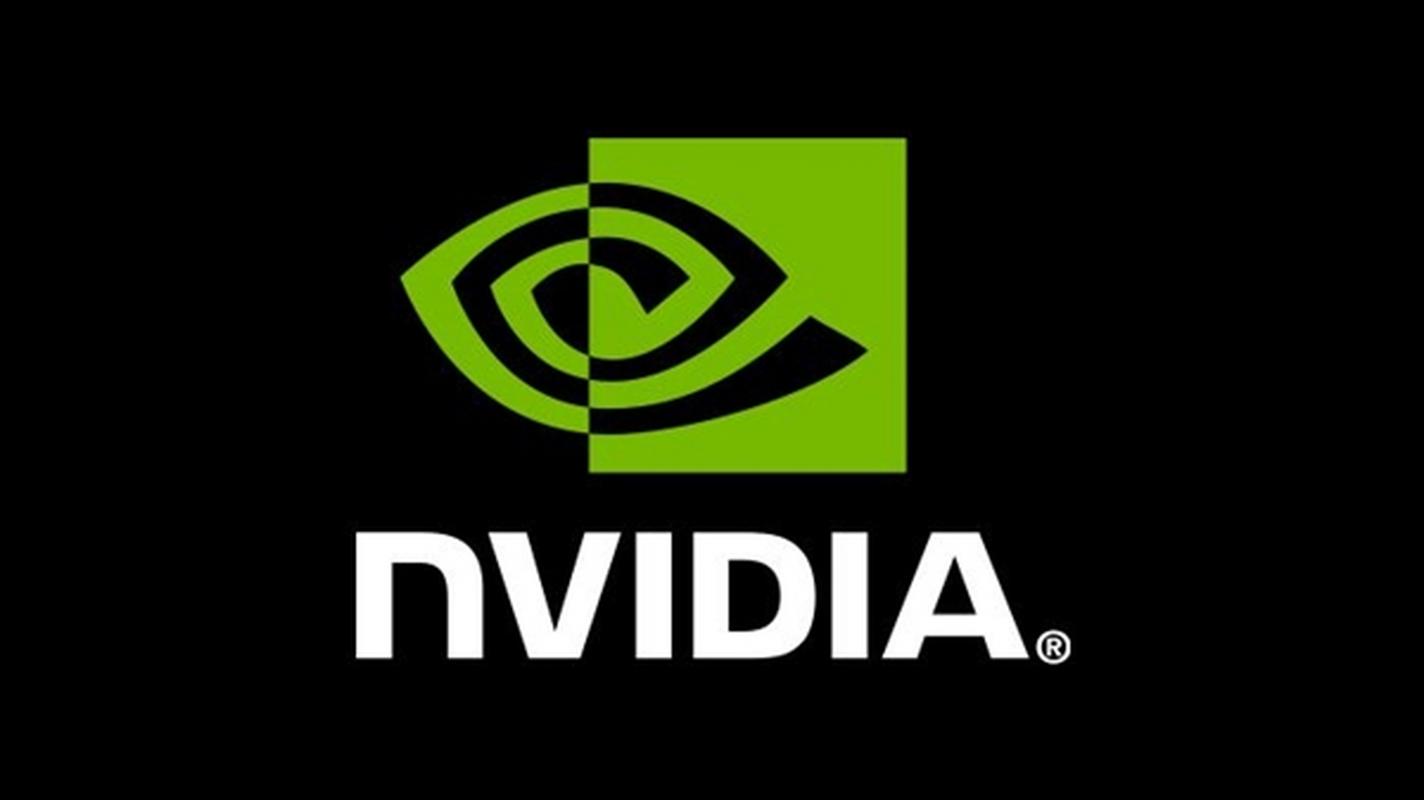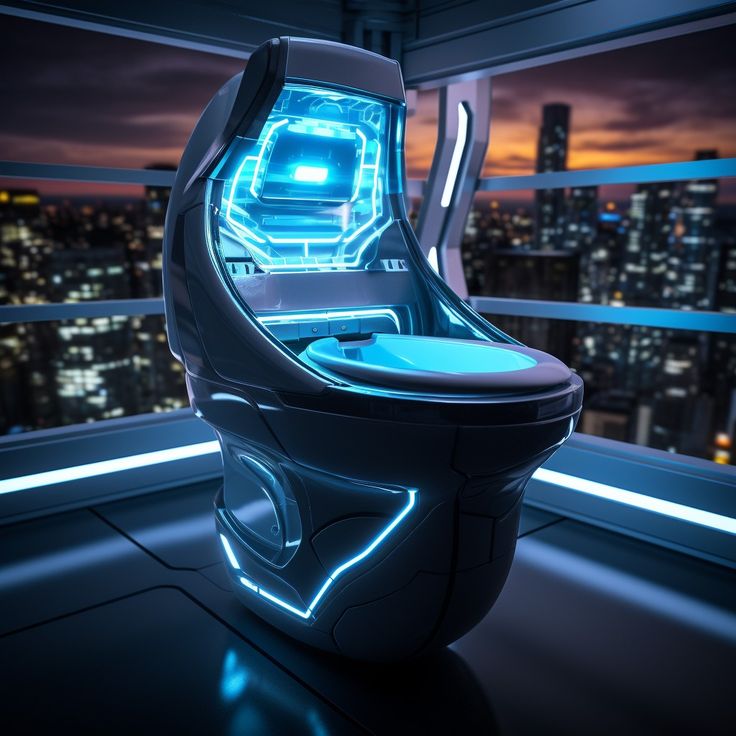The "magic" of Dyson vacuum cleaner
When you see the future world in movies, those cars floating in the air, those robots that do housework automatically, have you ever imagined that it would be great if such technology could come to us as soon as possible? In fact, there is no need to wait until the future. Some seemingly "sci-fi" technologies have already been integrated into our daily lives. For example, your Dyson vacuum cleaner.
You might say, "It's just a vacuum cleaner. What's so special?" If you think so, it means that you have only seen the surface. Today, I want to take you into a brand-new perspective to explore the "unknown" secrets behind Dyson vacuum cleaner and feel how technology has turned boring housework into an interesting exploration journey.

Do you know that? The motor in Dyson vacuum cleaner can rotate at 125,000 rpm, which is several times faster than the engine of F1 racing car! This is not a simple "fast", but the core secret of its powerful attraction. Imagine that such a small motor contains so much energy, doesn't it shock you?
But a powerful motor is not enough. Dyson's engineers also designed a structure called "cyclone technology" in order to make the suction "only in and out". It is like a miniature tornado, separating dust from air. When dust is inhaled, the cyclone will rotate at a very high speed, throwing particles such as dust, allergens and pollen to the edge of the dust collector, leaving only clean air to be discharged. This technology not only ensures the enduring attraction, but also invisibly builds an "invisible defense line" for your home environment.

What's more interesting is that Dyson's engineers are also full of "careful machines" when designing suction heads. They are not satisfied with the traditional brush head, but study the physical characteristics of different types of dirt on the floor and carpet. They found that a strong flapping force was needed to remove the dust from the depths of the carpet; To deal with the fine dust on the hard floor, a soft roller brush head is needed. Therefore, they designed various unique suction heads for different cleaning scenes. For example, there is a suction head specially designed to suck fine dust and hair on the floor. Its drum is covered with soft nylon and carbon fiber bristles, which can firmly "stick" the dust like an adhesive and then suck it into the machine.
For another example, those seemingly unremarkable transparent dust collectors actually hide precise "optical secrets." Dyson's latest vacuum cleaner has a "laser detector" installed at the front end of the suction head. When you are cleaning, this green laser will be projected on the ground at a specific angle, so that the dust that is difficult to be detected by the naked eye will be invisible under the beam. It's like having a "treasure hunt" at home. Every time you suck away dust, it's like completing a "task", which makes you full of sense of accomplishment and fun in the process of cleaning.

It is these details that you may have never noticed that constitute the "magic" of Dyson vacuum cleaner. It is not only a simple cleaning tool, but also a comprehensive display of fluid mechanics, micro-motor and material science. Dyson's technology, like a "magician" hidden in life, has quietly changed our way of life, making those once boring housework full of sense of technology and future. Next time, when you pick up your Dyson vacuum cleaner, you might as well spend a little more time to feel the "black technology" behind it. Perhaps, you will find a whole new world.
(Writer:Ciki)





